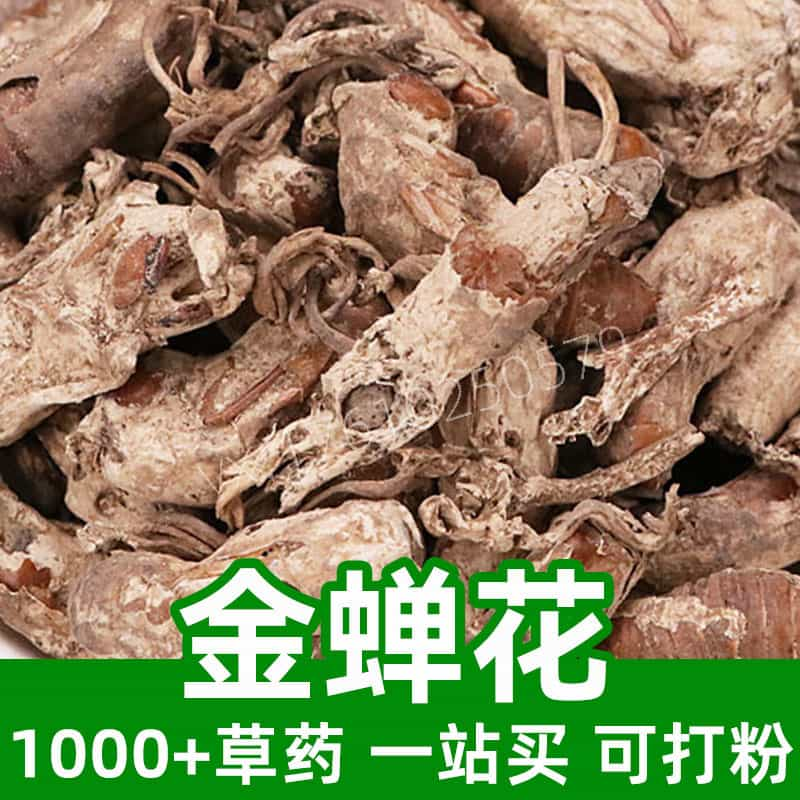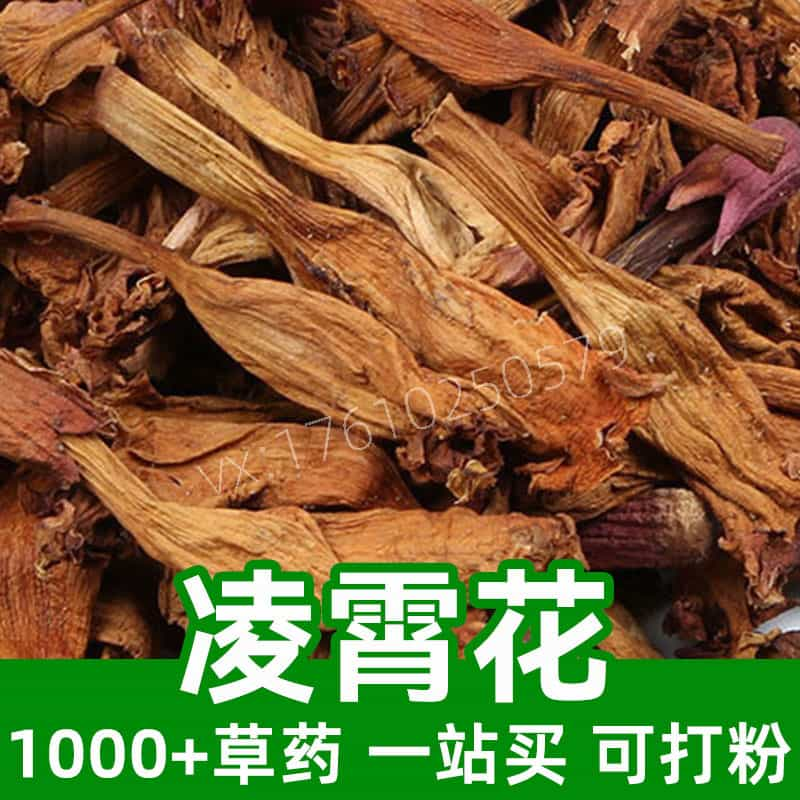Product Introduction
Immature Bitter Orange, known as Zhi Shi in Chinese, is an herb widely recognized in traditional Chinese medicine (TCM) for its various applications. This herb is derived from the unripe fruit of the Citrus aurantium L. plant, which grows predominantly in East Asia, including parts of China and Taiwan. The immature fruit is harvested before it ripens, contributing to its distinctly bitter taste and unique medicinal properties.
The key components of Immature Bitter Orange include flavonoids, which possess antioxidant properties, and essential oils that contribute to its aroma and health benefits. Traditionally, this herb is noted for its ability to harmonize the Spleen and Stomach, alleviate abdominal distention, and support healthy digestive functions. Logical in its applications, Immature Bitter Orange can also aid in Qi circulation, making it a staple in formulations aimed at weight management.
This herbal ingredient is often used in decoctions, powders, and tinctures, making it versatile for incorporation into various remedies and health products. Its rich nutrient profile, including high levels of vitamin C and other bioactive compounds, enhances its value in both therapeutic and culinary contexts. Overall, Immature Bitter Orange stands out as a significant herb within the TCM canon, favored for its broad range of uses and benefits.
Main Active Ingredients
Immature Bitter Orange is composed of a diverse array of active ingredients that contribute to its efficacy in traditional herbal applications. The primary constituents include flavonoids such as hesperidin and narirutin, which are known for their antioxidant properties. These substances play a crucial role in neutralizing free radicals, thus promoting general well-being.
The essential oils found in the rind of the fruit, including limonene and myrcene, possess aromatic qualities and are believed to have therapeutic potential. Limonene, in particular, is recognized for its digestive health support, while myrcene is commonly associated with anti-inflammatory properties. Furthermore, alkaloids present in Immature Bitter Orange may contribute to its bitterness, which is a sign of its potent active characteristics.
Additionally, Immature Bitter Orange is rich in vitamin C, a vital nutrient that supports immune function and skin health. This vitamin acts as a powerful antioxidant, aiding in the prevention of oxidative stress. Other bioactive compounds, including pectin and various organic acids, further enhance its health-promoting properties by facilitating digestive health and nutritional absorption.
Together, these active ingredients empower Immature Bitter Orange to fulfill its roles in many TCM formulations. Its synergy of components allows for the management of digestive disorders, enhancing the body’s overall digestive Qi and contributing to metabolic health.
Product Application Scenarios, Usage, and Dosage
In traditional Chinese medicine, Immature Bitter Orange is widely utilized for its beneficial effects on digestion and Qi circulation. It is often incorporated into health formulations intended to support digestive health, particularly in addressing issues of abdominal bloating and fullness. The bitter taste of the herb stimulates the digestive tract and helps to break down food, promoting efficient nutrient absorption.
Commonly, Immature Bitter Orange is prepared as a decoction or powder and may be combined with other herbs to enhance its effectiveness. Typical dosages can range from 3 to 9 grams per day when used in decoction forms. Those preparing teas or tinctures typically extract the active components by steeping the herb in hot water or alcohol, enabling the body to benefit from its potent qualities.
Furthermore, this herb is gaining popularity in the food industry, especially in products aimed at weight management, where it is believed to assist in metabolizing fats due to its effects on Qi movement. In culinary applications, Immature Bitter Orange is occasionally included in dishes to add a unique bitter flavor and is valued for its potential health benefits.
As with any herbal product, it is recommended to consult with a qualified healthcare provider or trained herbalist prior to use, particularly for individuals who are pregnant, nursing, or taking other medications. This ensures a safe and informed approach to integrating Immature Bitter Orange into one’s health regimen.
Introduction to the Source Plant, Distribution, and Growth Environment
The Immature Bitter Orange is derived from the Citrus aurantium L. tree, an evergreen species belonging to the Rutaceae family. This plant is native to Southeast Asia, particularly thriving in the subtropical and Mediterranean regions. It is now widely cultivated in several countries, including China, India, and parts of the Mediterranean Basin.
Citrus aurantium grows best in well-drained soils that retain moisture but avoid waterlogging, preferring locations with full sun exposure. The tree typically reaches a height of about 5 to 10 meters and bears small white blossoms that attract pollinators, leading to the formation of fruit. The fruit starts as small green berries, which gradually develop into larger, slightly oblong shapes as they mature. The immature fruits, known as Immature Bitter Orange, are harvested prior to full ripening to capture their distinct flavor and medicinal properties.
In terms of cultivation, the Citrus aurantium tree is relatively hardy and can withstand various climatic conditions, although it is best suited to warm climates. It is often grown in orchards, relying on traditional farming methods or organic practices to enhance its growth. The harvesting of immature fruits usually occurs in late summer to early autumn when the fruits are still firm and green.
With its fragrant flowers and beneficial fruits, the Citrus aurantium plant not only has significant culinary and medicinal value but also contributes to the biodiversity of the regions in which it is grown. Its continued cultivation and utilization underscore the importance of traditional herbal practices that honor the connection between nature and health.
Harvesting, Processing, and Storage
Harvesting Immature Bitter Orange involves a careful technique to ensure the fruits are picked at the right stage of development, which is when they are green and firm, not fully ripened. This typically occurs during the late summer to early autumn months, ensuring the maximum potency of the active compounds.
Once harvested, the fruits are typically rinsed to remove any surface impurities. The processing phase is crucial, as the extraction of active ingredients can vary based on the methods used. Traditional approaches often involve slicing or dicing the fruits before drying them under controlled conditions to preserve their essential oils and active constituents. This drying process is essential, as it prevents mold and decay while concentrating the herbal properties.
Immature Bitter Orange can also be processed into powder form, tinctures, or relevant products intended for direct consumption. In TCM, these processed forms are highly regarded for their ease of use and potency.
Proper storage of Immature Bitter Orange is vital to maintain its efficacy over time. It should be kept in a cool, dry place away from direct sunlight to prevent the degradation of sensitive compounds, particularly the essential oils that are responsible for its aromas and health benefits. Airtight containers are recommended to minimize exposure to air and moisture, preserving the herb's integrity for extended periods.
In summary, harvesting and processing Immature Bitter Orange require meticulous attention to detail to ensure that the active ingredients remain intact. The correct storage practices further allow this herb to retain its beneficial properties, making it a valuable asset in both culinary and medicinal applications.
Monica Sun is a seasoned expert in the natural raw materials industry, with over a decade of experience specializing in traditional Chinese medicinal herbs, spices, and fungi. She is skilled in the sourcing, processing, and application of these materials, emphasizing sustainability and innovation. Monica Sun has contributed to the development of high-quality natural raw materials that serve as essential components in functional foods, pharmaceuticals, and cosmetics, delivering tailored solutions to meet diverse market needs.














